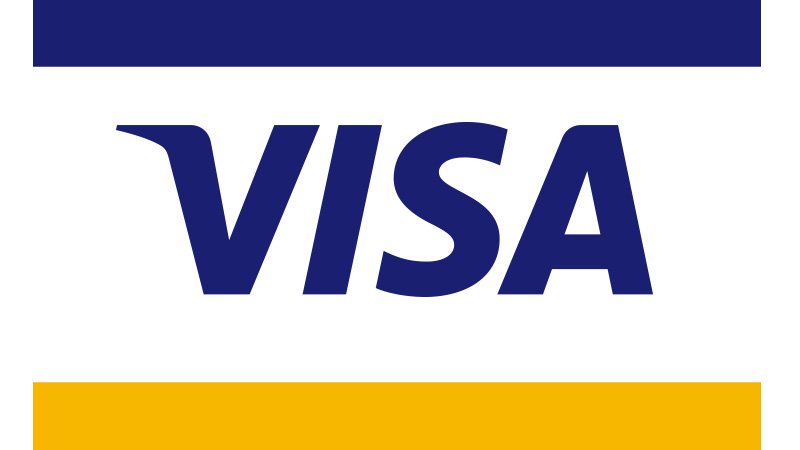Change is afoot in the food and beverage industry. If restaurateurs want to stay ahead of the game, they need to study up on the latest trends and update their practices accordingly.
According to GlobalWebIndex, the typical digital consumer owns 3.64 technological devices. But this is set to increase, with a predicted 2.87 billion people using smartphones by 2020, up from 2.32 billion in 2017. Whether it’s a laptop, a tablet, or a smartphone, customers today want to have access to restaurant services through all their devices. Consumers are increasingly using the web to choose where to eat – looking up menus and reading online reviews from casual diners as well as seasoned bloggers. They’re also ordering food online.
Customers are set to seek even more convenience in 2019, demanding the ability to order from restaurants mobile devices and according to a study by McKinsey, over 74% of millennials and 56% of baby boomers now expect table-service restaurants to deliver. Rather than ordering to restaurants individually, customers prefer subscription-based delivery platforms like GrubHub and UberEats. And consumers have high expectations of these delivery platforms: most expect to wait no more than an hour to receive their order. Those platforms that can catch as many customers in a short space of time will win out: McKinsey’s research found that 80% of consumers never signed up to another platform after they joined their first. Customers are seeking more convenience than ever before, and so-called ‘frictionless’ service will give restaurants a competitive edge in 2019. Amazon Go is a trendsetter in this regard, giving buyers a grab-and-go experience of purchasing that will shape consumption moving forward. Those restaurants seeking to retain a traditional, person-centred approach will have to combine this much-loved authenticity with the advantages that the new technology provides.




